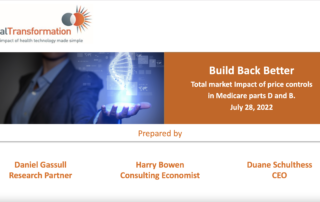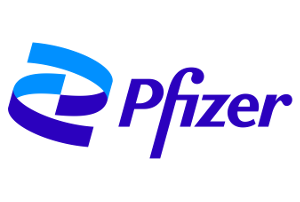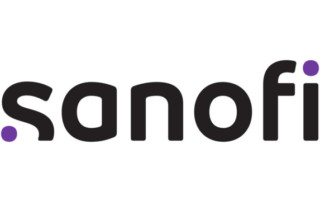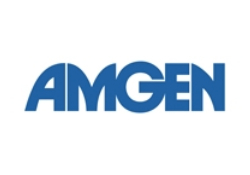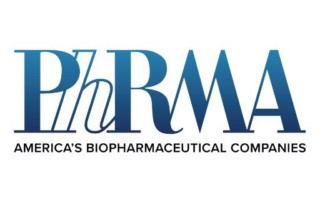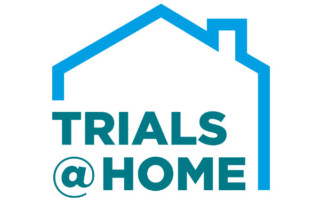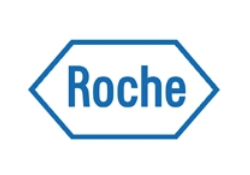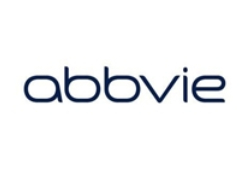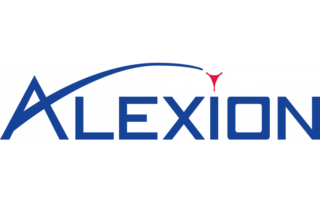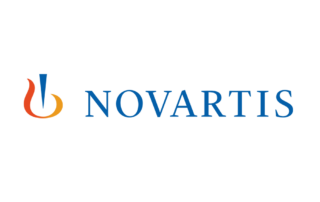Vital Transformation is a small, unique consultancy focused on addressing the challenges of today’s modern healthcare system. We partner with your organisation to help you find answers to hard to solve problems.
Contact us to learn how Vital Transformation can help your organisation.
LATEST RESEARCH
LATEST COMMUNICATIONS

Our Communication Services
In this episode of the Vital Health Podcast, host Duane Schulthess speaks with John Murphy, President and CEO of the Association for Accessible Medicines (AAM), to discuss how U.S. purchasing dynamics and thin margins drive shortages, the evolving biosimilar landscape amid insurer vertical integration, the Inflation Reduction Act (IRA)’s ripple effects on plan risk and rebates, Most Favored Nation (MFN) policy proposals, and what it will take to reshore capacity while preserving competition and patient access.
Find all our communication projects on Better Science, Better Health
MORE RESEARCH
The Relative Contributions of NIH and Private Sector Funding to the Approval of New Biopharmaceuticals
21st September 2022

Objectives
There remains ongoing debate regarding the relative efficacy of public (NIH) and private sector funding in bringing biopharmaceutical innovations to market. This paper investigates the significance of each party’s level of funding for obtaining Food and Drug Administration (FDA) authorization.
Methods
A cohort of research projects linked to 23,230 National Institute of Health grants awarded in the year 2000 was audited to account for patents, where the project led to a product in clinical development and potentially FDA approval. A total of 8126 associated patents led to the identification of 41 therapies that registered clinical trials; 18 of these therapies received FDA approved.
Results
NIH funding for the 18 FDA-approved therapies totaled $0.670 billion, whereas private sector funding (excluding post-approval funding) totaled $44.3 billion. A logistic regression relating the levels of public and private funding to the probability of FDA approval indicates a positive and significant relationship between private sector funding and the likelihood of FDA approval (p ≤ 0.0004). The relationship between public funding and the likelihood of FDA approval is found to be negative and not statistically significant.
Conclusion
Our study results underscore that the development of basic discoveries requires substantial additional investments, partnerships, and the shouldering of financial risk by the private sector if therapies are to materialize as FDA-approved medicine. Our finding of a potentially negative relationship between public funding and the likelihood that a therapy receives FDA approval requires additional study.
Build Back Better Act: Total market impact of price controls in Medicare parts D and B
We model and estimate the impacts of BBBA price reductions for 20 therapies collectively produced by 12 biopharmaceutical companies.
We find that BBBA mandated price reductions impact all 12 companies, causing an average decline in net earnings (EBIT) of 55% :
- The 25% most negatively impacted companies see reductions in their net earnings in excess of 100%;
- Six of the 12 companies see earnings reductions in excess of 70%.
These EBIT reductions would substantially reduce cashflows available for R&D partnerships and pipeline investments into drug discovery and development.
With an average 55% drop in EBIT, our model estimates that - under BBBA - only 6 of 110 approved therapies would be considered “not at risk” of cancelled development.
In the last 20 years, drug prices in Europe declined 75% relative to the United States. We believe that, under BBBA , the US would see similar price declines, and thus declines far exceeding the initial, pre-negotiation, BBBA price reductions (depending on “age” of a therapy) of between 25% and 60%
Importantly, BBBA does not address the increasing challenges posed by higher rebates demanded by PBMs, currently estimated to be at least 50% of companies’ gross revenues.
This study was funded by BIO.
Calculating the Value and Impact of Accelerated Approvals – Preliminary Findings
• The Accelerated Approval (AA) pathway was implemented to help fight AIDs/HIV and has largely been considered a success in addressing areas of high unmet medical needs. However, there is growing sentiment from some payers, academics, and state and federal policymakers that the pathway needs to be significantly altered or restrictions applied to drugs approved through the accelerated approval pathway
• To test the impact of these changes to the pathway, Vital Transformation calculated the Net Present Value (NPV) of 93 primary accelerated approval therapies from 2001-2021 (drugs with at least one FDA-approved indication):
- The cost estimates were derived from two peer review publications by Jayasundara and DiMasi, scaled to the actual size of the FDA approved confirmatory trial in our cohort,
- An economic model was built testing the impacts of 2, 3, 4, and 5-year delays in the granting of a full FDA marketing approval to determine the NPV of any accelerated approval therapy.
• For most of the orphan conditions currently lacking treatment in the US, each condition impacts a maximum of 330 people - an incidence rate less than 1/1,000,000. Substantial changes to the accelerated approval pathway will likely render the potential development of these therapies to treat many rare diseases economically untenable.
VITAL HEALTH PODCASTS
Our podcast series is also available via your favourite channels!
 |
 |
|---|---|
 |
 |
NEWSLETTER
Register now to receive all the latest updates from Vital Transformation including our research, podcasts and more…
VT on X
Claims that the IRA wouldn’t affect innovation overlooked how early-stage investors really make decisions. Our research shows the pipeline for senior-focused therapies is already narrowing.
— VitalTransformation (@VitalTransform) April 18, 2025
Read the full breakdown: https://t.co/4EzJGdMcU4@weworkforhealth #IRA #DrugPricing
The IRA’s 9-year cap for small molecules and 13-year cap for biologics rerouted investment away from the pills seniors rely on. We sat down with @steveusdin1 to unpack how this shift skews R&D incentives and future therapies.
— VitalTransformation (@VitalTransform) April 27, 2025
Listen here: https://t.co/FCjKFdIhsU@weworkforhealth pic.twitter.com/phoDI4ZrhK
Our clients include many of the world’s leading health care organisations.








